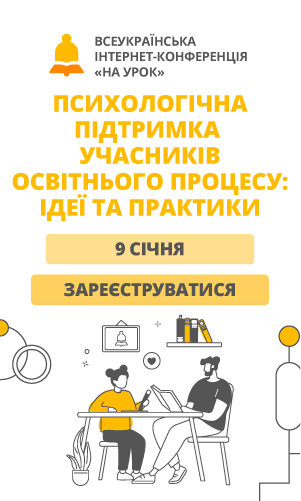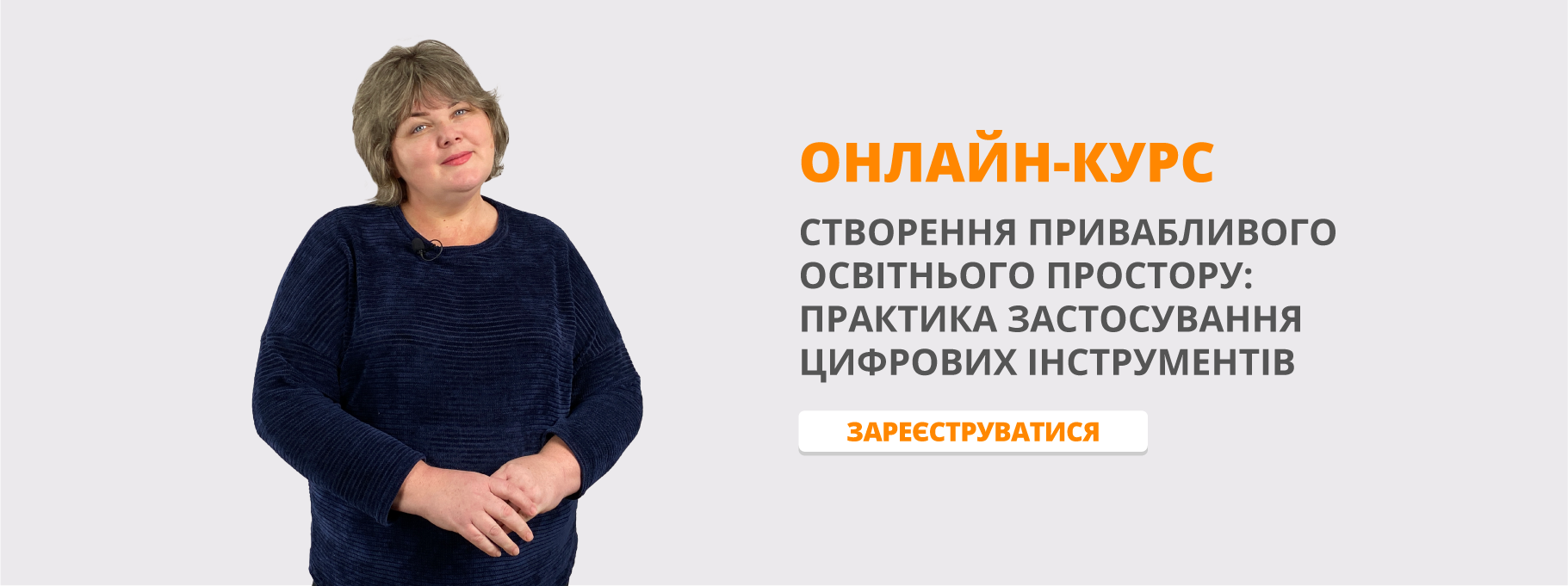Урок в 6 класі " Help people"
Open lesson on the topic:
Helping other people
Form 5
Teacher: Pulyk V. V.
Topic: Helping other people
Objectives:
- to improve speaking, reading and grammar skills;
- to develop pupil’s memory, attention and creative thinking;
- to enrich pupil’s vocabulary and outlook;
- to teach pupils the culture of language.
Materials and equipment: hand-outs, a computer, a smartboard.
Procedure:
I.INDRODUCTION
T: Good morning dear pupils and guests. How are you today?
P: We are fine, thank you. And how are you?
T: Fine, thanks! Today we are going to speak about very important thing in our life –help. And the topic of our today’s lesson is Helping other people.
II WARMING-UP
T: And at first I want you to read a poem “That is my good nature”.
THAT IS MY GOOD NATURE
That is my good nature
To help people
Who need help
From me
They should not feel that
To ask for help is wrong
They should understand what help really is
Help is giving something back to others
Help is caring for others
Help is offering support to others
Help is committing to others
Help is finding strength in others
When they are not sure it exists.
T: Listen to me very attentively and follow the poem.
T: And now let’s read the poem one by one.
III. MAIN PART
- Speaking comprehension:
T: And now we will recall one woman who was very kind and brave. She helped other people a lot. During the previous lesson we read the text about her life. And now your task is to read the sentences and number them in order.
a ___ Mary returned to London but she had no money.
b ___ Mary Travelled to the war on her own.
c ___ Now people think of her as a real heroine.
d ___ She travelled to Central America and nursed many patients there, too.
e ___ She married Edwin Seacole in 1836.
f ___ She died in 1881.
g ___ In 1854 Mary heard about a war far away in the south of Russia.
h _1__ When she was a young girl, Mary watched her mother and learned from her.
i ___ Now children learn about her in school.
j ___ She looked after sick and wounded soldiers.
Key:
A7 b5 c10 d2 e3 f8 g4 h1 i9 j6
T: And now let’s recall Mary Seacole’s biography in details. Look at the screen. There are six main periods in her life. Tell me about them.
- Her early life
- Working as a nurse
- A war far away
- Helping wounded soldiers
- The return to London
- A heroine at last
(Pupils tell about every period).
2) Grammar training:
T: So, soldiers said that Mary was a good nurse and helped them. Let’s look at this sentence. What grammar structure do we have here? Let’s revise the rules of the usage of this grammar structure. ( Pupils explain the rules )
2.1 T: And now we will have some practice and do some exercises. So, your task is to match the speech bubbles and the sentences.






2.2 T: And now complete the sentences with was or were.
- Mary Seacole said that she from Jamaica.
- She said that the hospitals dirty.
- She said that the diseases very bad.
- The soldiers said that Mary Seacole a good women.
- They said that the nurses very kind.
- They said that the war terrible.
2.3 T: And now you must transform the sentences from direct speech into the reported speech. (Pupils do the task orally and in writing).
What did Mary say?
She said that …
- The men are dying.
- The war is terrible.
- The nurses are tired.
- The diseases are awful.
- The hospital is old.
- The soldiers are brave.
3) Reading comprehension:
- pre-reading:
T: And now you are going to read and translate the text about Mary Seacole during the war. After that be ready to answer the questions.
- reading:
Mary Seacole found a place for her hotel near the British Army camp. She called it Spring Hill. Lots of workmen helped her to build it. They found materials nearby. They used pieces of wood, wooden boxes metal sheets, old doors and old windows from the village. The hotel had one big room for eating. It had a kitchen, two buildings for sleeping in and a stable yard.
Mary Seacole called it the British Hotel. At the hotel she sold metals, coffee and useful objects. She looked after sick people and wounded soldiers at the hotel. She visited wounded soldiers at the army camp. The men called her “Mother Seacole”. She took food to the army camp. She helped wounded soldiers at the place where the battle was happening. She helped British soldiers and she helped Russian soldiers, too.
(Pupils read and translate the text).
- post-reading:
T: Where did Mary find a place for her hotel?
How did she call it?
Who helped her to build the hotel?
What did they use to build the hotel?
How did Mary call it?
What did she do at the hotel?
What did she do at army camp?
How did the men call her?
IV SUMMING-UP
T: Our lesson is coming to the end. I hope you understood that to help other people is very important, especially when they need and wait it. So, let’s follow this rule in our future life. And I want to finish our lesson with a song. Listen to it very attentively. And now let’s thing this song all together.
T: Thank you very much for your work and attention. All the best! Good bye!


про публікацію авторської розробки
Додати розробку
